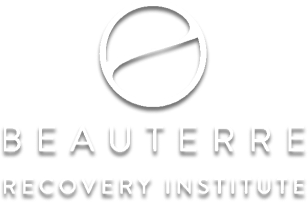In July, the Centers for Disease Control (CDC) released some surprising statistics on heroin use in the United States. Use of heroin has increased across most demographic areas including income levels, gender and age groups.
According to the statistics the largest increase in use came in groups with historically low rates of using the drug. Groups like women, people with private insurance and people in the higher income brackets.
Heroin Use Statistics
Heroin is a highly addictive, illegal opioid drug, which is often used with other drugs and alcohol. 90% of people who used heroin also used at least one other drug, especially cocaine and prescription opioid painkillers. In fact, 45% of people who used heroin were found to also be addicted to prescription painkillers.
Over the past decade use more than doubled in young adults between the ages of 18 and 25. The data suggests that the people who are most at risk of heroin addiction are:
- Male
- Non-Hispanic whites
- 18 to 25 year olds
- People in large metropolitan areas
- The uninsured or people who are enrolled in Medicaid
- People who are also addicted to other drugs, specifically:
- Opioid pain killers
- Cocaine
- Marijuana
- Alcohol
As Heroin Addiction Increases, Overdose Deaths Do As Well
Heroin has a high risk of overdose and death for users because “nearly all people who used heroin also used at least one other drug.” In fact, most used at least three other drugs.
Between 2002 and 2013 the number of heroin-related deaths nearly quadrupled. As you can see in the infographic above, heroin-related overdose deaths per 100,000 people saw an increase of 286%.
Treatments Exist for Heroin Addiction
While the CDC states that heroin is part of a larger substance abuse problem, not all hope is lost. There are a number of ways that heroin addiction can be treated, including behavioral and pharmacological therapies. Research has shown that for some people combining behavioral therapies, like cognitive-behavioral therapy, and pharmacologic therapy are a more effective approach to heroin addiction treatment.
 Beauterre Recovery Institute
Beauterre Recovery Institute


